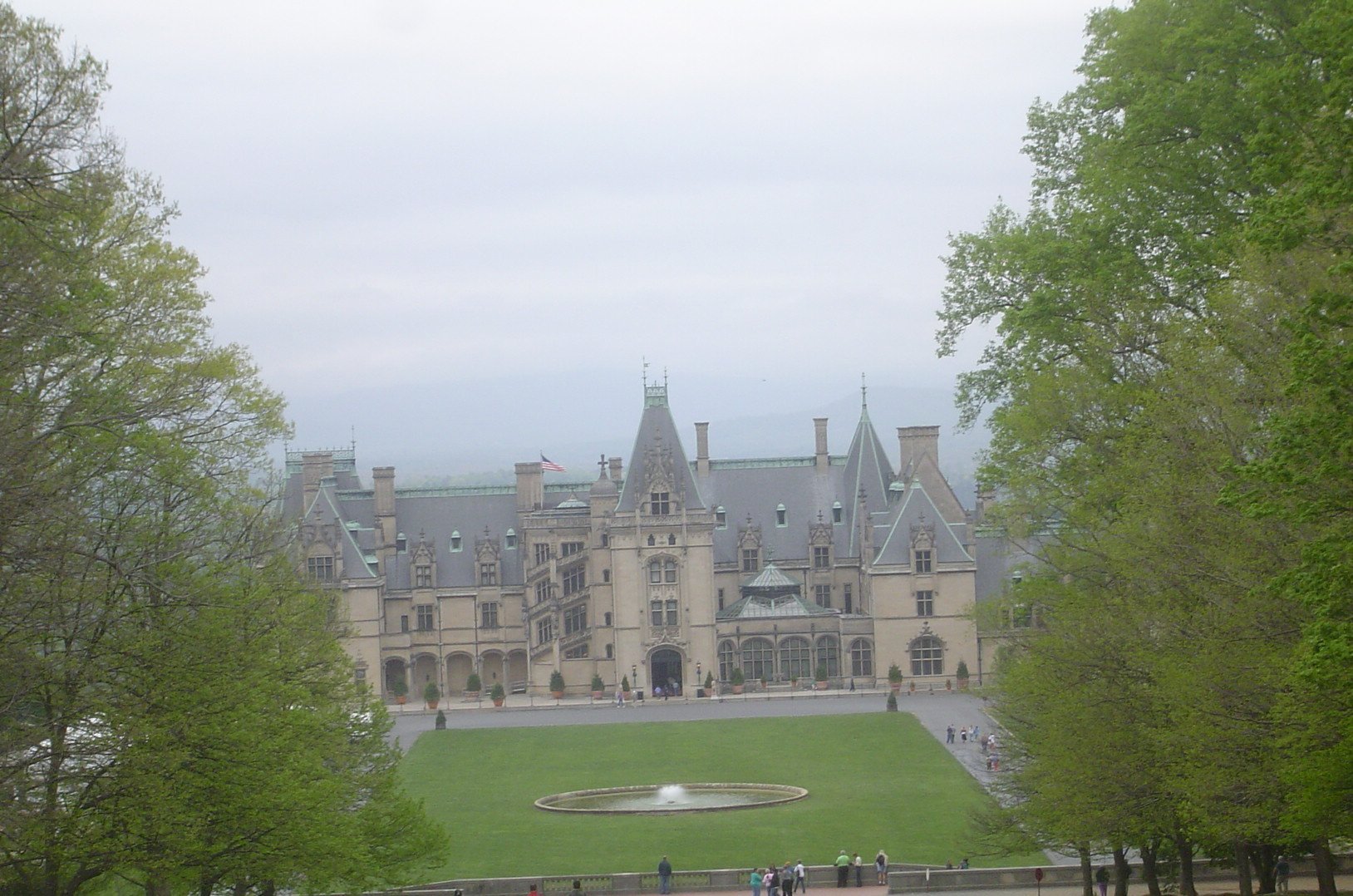The Biltmore Estate Bachelors Wing, an integral part of America’s largest private residence, stands as a testament to the Gilded Age’s grandeur. Built between 1889 and 1895, this wing served as luxurious quarters for George Vanderbilt’s male guests. Its French Renaissance architecture, opulent decor, and rich history offer visitors a glimpse into the lavish lifestyle of America’s wealthiest families during the late 19th century. The wing’s evolution from private quarters to a public attraction mirrors the estate’s transformation over the decades.
What is the Historical Significance of the Biltmore Estate Bachelors Wing?

The Bachelors Wing at the Biltmore Estate holds a special place in the property’s storied past. Its history is intertwined with the Vanderbilt family’s legacy and the evolution of the estate itself.
- Initial Purpose: Designed to accommodate George Vanderbilt’s unmarried male guests
- Early Use: George Vanderbilt himself slept in this wing on his first night at Biltmore
- Post-Marriage Era: Continued to serve as guest quarters after Vanderbilt’s marriage in 1898
- Family Residence: Used by various family members, including Cornelia Vanderbilt Cecil and John Francis Amherst Cecil
- Last Family Occupants: George Cecil and Nancy Owen resided here until 1956
The wing’s transition from private quarters to a public attraction reflects the broader changes in the estate’s purpose and management over time.
How Does the Architecture of the Bachelors Wing Complement the Main Estate?

The architectural design of the Bachelors Wing seamlessly integrates with the overall aesthetic of the Biltmore Estate, showcasing the vision of architect Richard Morris Hunt.
Key architectural features include:
- French Renaissance style elements
- High-quality materials such as stone, brick, and wood
- Stylized laurel leaves as decorative motifs
- Thick slate shingling on the roofs
- Exposed timbers and curved rake boards
- Multipaned windows for a classic look
The wing’s design was influenced by George Vanderbilt’s and Hunt’s travels to Europe, particularly the chateaux of France’s Loire Valley. Later modifications by architect Richard Sharp Smith, such as the addition of a sleeping porch, further enhanced the wing’s functionality and charm.
What Can Visitors Expect During a Tour of the Bachelors Wing?
Exploring the Bachelors Wing is a highlight for many visitors to the Biltmore Estate. The tour options provide varying levels of access and insight into this historic area.
| Tour Type | Description | Accessibility |
|---|---|---|
| General Self-Guided | Access to the Bachelors Wing at your own pace | Wheelchair accessible |
| Specialty Guided Tours | In-depth look at architectural and historical aspects | May have limited accessibility |
| Rooftop Tour | Includes access to areas like the Observatory | May involve stairs or narrow passageways |
Visitors should note that tour pricing and schedules can vary depending on the season and type of tour. It’s advisable to check the official Biltmore Estate website for the most up-to-date information on tour options, pricing, and accessibility.
What Makes the Decor of the Bachelors Wing Unique?
The decor within the Bachelors Wing is a testament to George Vanderbilt’s refined taste and the opulent lifestyle of the Gilded Age. It reflects a harmonious blend of luxury and comfort, designed to impress and accommodate high-profile guests.
Notable aspects of the decor include:
- Period-specific furnishings carefully selected by George Vanderbilt
- Artwork and antiques acquired during European travels
- A mix of French Renaissance and Arts and Crafts styles
- Rich fabrics and wood paneling creating a warm atmosphere
- Ornate details consistent with the main house’s decorative scheme
While specific pieces within the Bachelors Wing are not extensively documented, the overall decor aligns with the Biltmore House’s impressive collection. This includes works by renowned artists and exquisite decorative elements that showcase the Vanderbilt family’s wealth and appreciation for fine art.
How Has the Bachelors Wing Evolved Over Time?
The Bachelors Wing has undergone several transformations since its construction, mirroring the changes in the Biltmore Estate’s purpose and ownership:
- 1895-1898: Served as exclusive quarters for George Vanderbilt’s male guests
- 1898-1914: Continued use as guest quarters after Vanderbilt’s marriage
- 1914-1930: Occupied by various family members following George Vanderbilt’s death
- 1930-1954: John F. A. Cecil resided in the wing while the estate was open to the public
- 1954-1956: Last occupied by George Cecil and Nancy Owen
- 1956-Present: Transitioned to a fully public attraction as part of Biltmore Estate tours
This evolution reflects the estate’s adaptation to changing times, from a private residence to a major tourist attraction, while preserving its historical significance and architectural integrity.
What Are Some Lesser-Known Facts About the Biltmore Estate Bachelors Wing?
The Bachelors Wing holds several intriguing secrets and lesser-known facts that add to its allure:
- George Vanderbilt’s first night at Biltmore was spent in this wing due to unfinished construction elsewhere
- The wing features a sleeping porch, a later addition by architect Richard Sharp Smith
- It played a role in the social life of the estate, hosting numerous distinguished guests
- The wing’s design incorporates elements inspired by European chateaux
- Its transition to a public space was gradual, with family members residing there until the mid-1950s
These facts highlight the wing’s importance in the estate’s history and its role in shaping the Biltmore experience for both residents and visitors.
In conclusion, the Biltmore Estate Bachelors Wing stands as a fascinating component of one of America’s most renowned historical residences. Its rich history, architectural beauty, and carefully preserved decor offer visitors a unique glimpse into the opulent lifestyle of the Gilded Age. As part of the larger Biltmore Estate, the Bachelors Wing continues to captivate and educate, serving as a testament to the enduring legacy of the Vanderbilt family and the architectural vision of Richard Morris Hunt.
References:
1. https://www.biltmore.com/our-story/biltmore-history/the-vanderbilt-family/
2. https://www.ourstate.com/the-hidden-life-of-biltmore/
3. https://gardenandgun.com/articles/secrets-biltmore-estate/
